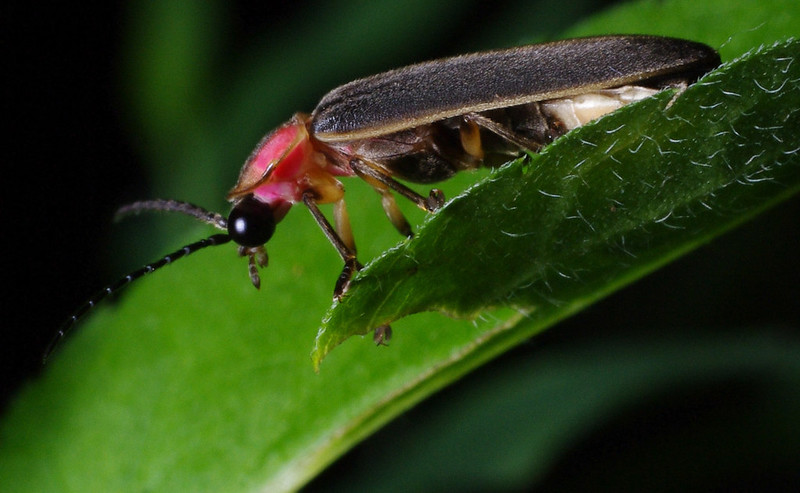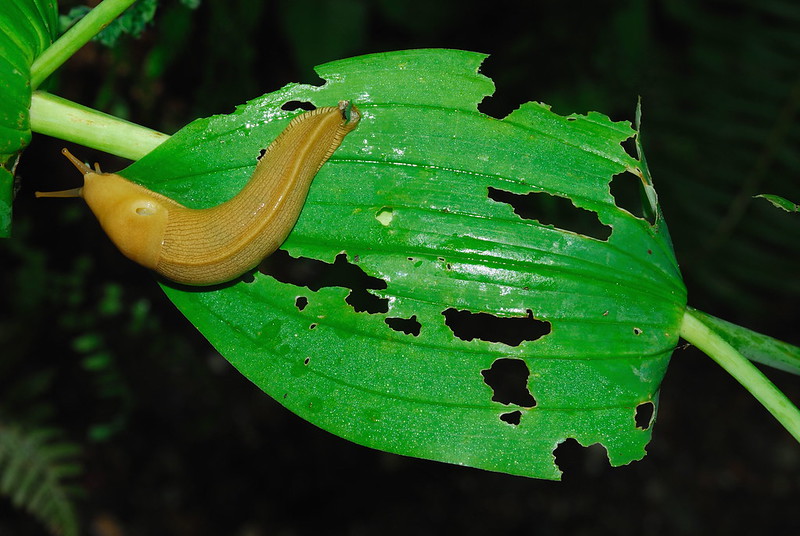Fireflies
Fireflies

Fireflies are not flies, but beetles. Photo: Terry Priest/Flickr
So many amazing firefly facts are swirling around in my head. And watching fireflies glow in the backyard makes my heart sing. Fond memories of catching them in jars and watching them blink until we carefully released them back into the wild before we had to go to bed are conjured up every time I see them.
How about you? Do you feel awe, amazement or maybe wonder? Or maybe all three.
Well, let’s learn about these underappreciated underdogs of the insect world.

Fireflies are also called lightning bugs. Photo: Jessica Lucia/Flickr
Some cool facts about fireflies

The glow of fireflies at night
And once I see them, my curiosity kicks in. Why do they glow in the dark? Where does the light come from? Where do they live during the day? So many questions.
First, what exactly is a firefly? And is it a firefly or a lightning bug? Actually, both terms are used, although technically, fireflies are beetles, not bugs. The simplest definition is they are glow-in-the-dark beetles. Wait, they aren’t flies? Nope, and there are over 170 species in just the US. Wow, I had no idea. So what are the ones in my backyard called? Believe it or not, they are called big dippers, just like the constellation.
And other cool firefly facts? Their light is called bioluminescence, with the yellow-green glow coming from their abdomen. Chemical reactions inside the firefly’s body create light. And while there are numerous bioluminescent animals in the ocean, fireflies are among the few animals living on land that glow. So what is the purpose of the light?
Mating! Each species has its own light pattern, and by flashing each other, males & females can find mates. And research has shown females respond to male flashes that last the longest. Hmmm.
Are fireflies beneficial?

Fireflies often eat snails and slugs much bigger than they are in your garden. Photo: Nicholas Turland/Flickr
As an added benefit, besides being cool to watch, fireflies are beneficial to your garden, feeding on snails and slugs which eat your plants. Plus, they are pollinators, helping your plants make baby plants. These are really cool beetles!
And to read about other unique pollinators, check out our blog Amazing Pollinators in the Garden.
Blue ghost fireflies are extra special!

A male blue ghost firefly next to a grain of rice. See how small they are! Photo: Sharon Mammoser
In North Carolina, we have a very special species that is not found in other parts of the world, the blue ghost firefly. It’s unique for holding a steady, bluish glow rather than flashing. They can stay lit for a minute as they look for a mate while flying a few feet above the forest floor.
And the females don’t fly but wait patiently on the ground for the right male to find them. What a magical, mystical experience. We (Loti & Dale) joined a very special group in May, 2023 to see our first ones. A bucket list item checked off for sure!
And what about synchronous fireflies?

Synchronous fireflies all light up at the same time. Photo: Ryan Atkins/Flickr
One other well-known, but rare species, is the synchronous firefly. We have them in NC, especially in the Great Smoky Mountains National Park. All the fireflies blink at exactly the same time, which is, again, a mating call.
The females want to be sure the male is one of her species and not a predator firefly looking for a meal. Nature is so clever!
Are fireflies endangered?

The trails of blue ghost fireflies. Are they endangered? Photo: Sharon Mammoser
Fireflies face many threats, including habitat loss, light pollution and pesticide use. Even firefly tourism, which is becoming big business, can cause problems with trampling habitats and too much light at night.
So are they endangered? We don’t really know as there isn’t enough data on many of the species. But it is safe to say, many species of firefly are in decline.
How can you help?
So how can we help? Turn off your outside lights at dusk to help the fireflies find mates. And did you know when you rake your leaves, you are destroying their habitat since dead leaves are where a number of fireflies overwinter? So many cool firefly facts!
Leave some tall grasses around your property, as this is where fireflies hang out during the day. And please limit or stop using pesticides. They kill all the good insects, including fireflies, butterflies, bees, in addition to the ones you are trying to eliminate.
I hope you will stop at dusk during the late spring and early summer and look outside for fireflies. Feel the wonder of one of Mother Nature’s many miracles.
And if you want to see blue ghost fireflies in Western North Carolina, check out Sharon Mammoser’s programs in May 2024. You won’t be disappointed and Sharon donates half the proceeds to The Dark Skies Association, which educates folks about the detriments of light pollution.
Check out Sharon’s blog, “The Secret Lives of Fireflies”.
